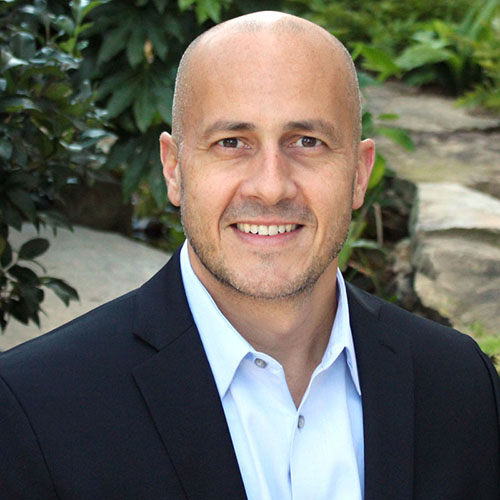We are well into 2023 and well positioned to take a look at where we’ve been and where we’re going. 2022 came with challenges and opportunities. We saw COVID-19 alleviate but staffing shortages continued to crunch our already beleaguered care models. We saw new entrants to healthcare disrupt operations and force a hard look at our business models. We saw an increase in APP utilization in both permanent and contingent staffing.
Through all of this, a light was shined on healthcare staffing that demonstrates the critical role it plays in sustainable care delivery. As a result, we’re taking a look at the 2023 Healthcare Staffing Trends that I have seen so far that will impact our businesses in the coming year.
Continued Attrition from Physicians
Healthcare practitioners are getting older and leaving the industry at a staggering rate, in many cases well before traditional retirement age. As part of this, the physician population is aging. With an industry that is already dealing with staffing shortages and difficulties in meeting access goals, the demographics are not encouraging.
We are seeing clinicians in their 40’s already starting to retire. The retirement rate, as expected, increases significantly as clinicians age. Once they get to their 60’s (even early in the decade), more clinicians are retired than practicing. This is even true before clinicians reach Medicare age.
Additionally, many are leaving the traditional practice model by creating new roles that fit within a new understanding of work. The gig economy has shifted work for millions of people across the country and world. Physicians are taking the reins and creating new opportunities. They are exploring the world of technology, academia, entrepreneurship, coaching and recruiting. The gig economy is proving to be a major disruptor to traditional physician staffing and employment models by providing more opportunities outside direct patient care.
It will be interesting to watch this trend over the coming years.
Increased Utilization of Contingent Labor
Many healthcare organizations view locum tenens or contingent clinicians as mere placeholders in the care model. From their perspective, they are trying to fill an immediate need while continuing to pursue onsite, permanent clinicians, but that mindset is shifting as healthcare administrators look to deliver healthcare solutions at scale.
The status quo is not good enough. We need to innovate to meet the growing healthcare needs of our patients. That requires flexibility. Leaders are adopting locum tenens as a lasting part of a comprehensive staffing strategy because it provides that necessary flexibility while also, in many cases, expanding the level of specialty services offered.
In today’s market, healthcare organizations must focus on creating sustainable processes and strategies. Continent labor is a key piece of these efforts, ensuring patients have access to the care they require and entire communities are positioned for long-term wellness.
Investments in Technology Streamline Patient Care
Technology plays an important role in our ability to deliver care. That will expand in 2023 as healthcare organizations further embrace virtual medicine. Patients are already seeing this benefit and report higher levels of satisfaction. Just look at a recent AMA study that shows 62% of patients feel they have a higher level of satisfaction due to telehealth.
But there are impediments. Right now, there is a lag in adoption of telehealth for certain specialties. From our perspective, psychiatric services dominate LocumTenens.com Telehealth Services, accounting 79% of telehealth services. We are starting to see a shift to other specialties as hospitals embrace telehealth and see the benefits it can provide patients.
Beyond patient care, technology is improving the clinician experience. Healthcare organizations are looking at their processes and finding ways to remove barriers that have previously slowed down or prevented physicians from practicing medicine. One of the areas we see this most often—credentialling. As a result, LocumTenens.com has implemented a technology solution called Axuall that streamlines the credentialling process for clinicians. It’s about supporting our clinicians so they can care for our patients.
Increased investments in digital technology will grow in the coming year as technology disrupts operations and the traditional care model on our journey to sustainability and increased access to care.
It is an exciting time to be in healthcare. The speed of change has never been faster, leaving opportunity to grow and improve. While there have been bumps along the road, ultimately, patients and clinicians will benefit as we innovate and find new sustainable staffing solutions going forward.

About the author
Lew Benedict
Vice President, National Accounts
After graduating from Georgia State University College of Business in Atlanta, Georgia in 1998, Lew Benedict began his career in medical staffing, joining one of the largest healthcare staffing organizations in the U.S. His primary focus was contributing to the growth of his organization. Within a few years, Lew took on a leadership role for the company, and was ultimately promoted to Vice President in 2003. After nearly a decade in healthcare staffing, Lew set his sights on Jackson Healthcare. Jackson hired him in 2008 to take over national business development for a major practice management group. Lew’s primary focus today is leading a team within the National Accounts Division for LocumTenens.com. Lew spends most of his personal time with his wife and three daughters.





